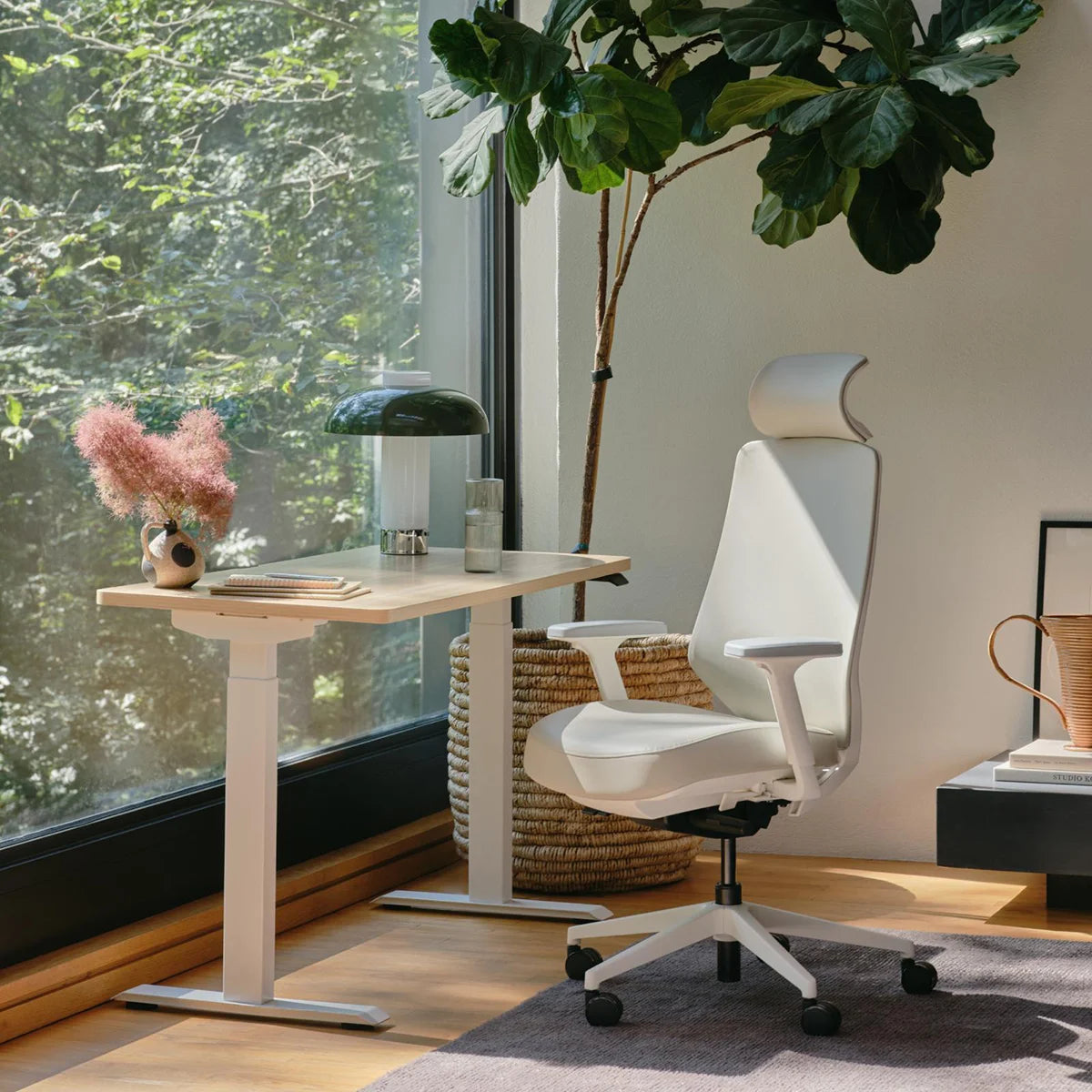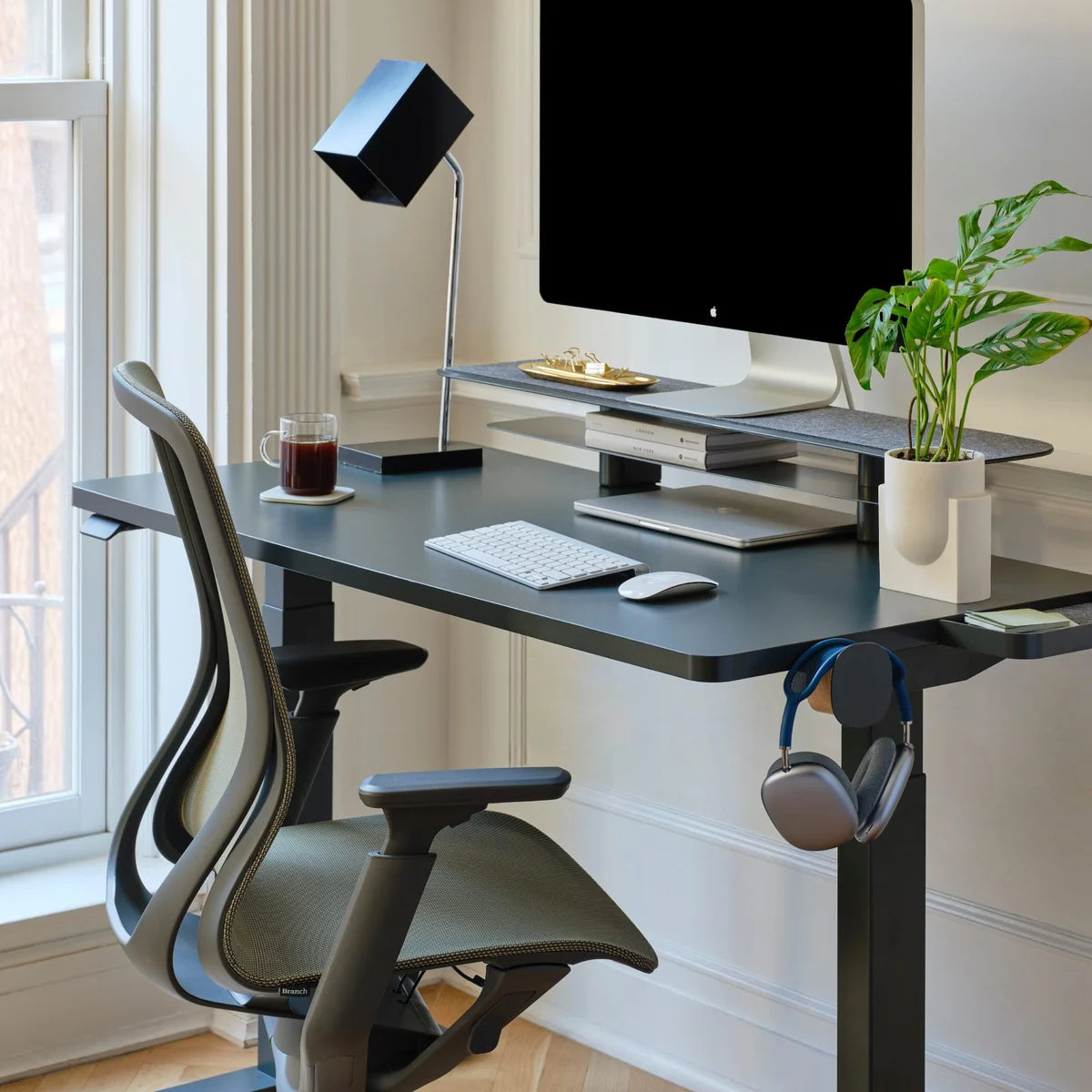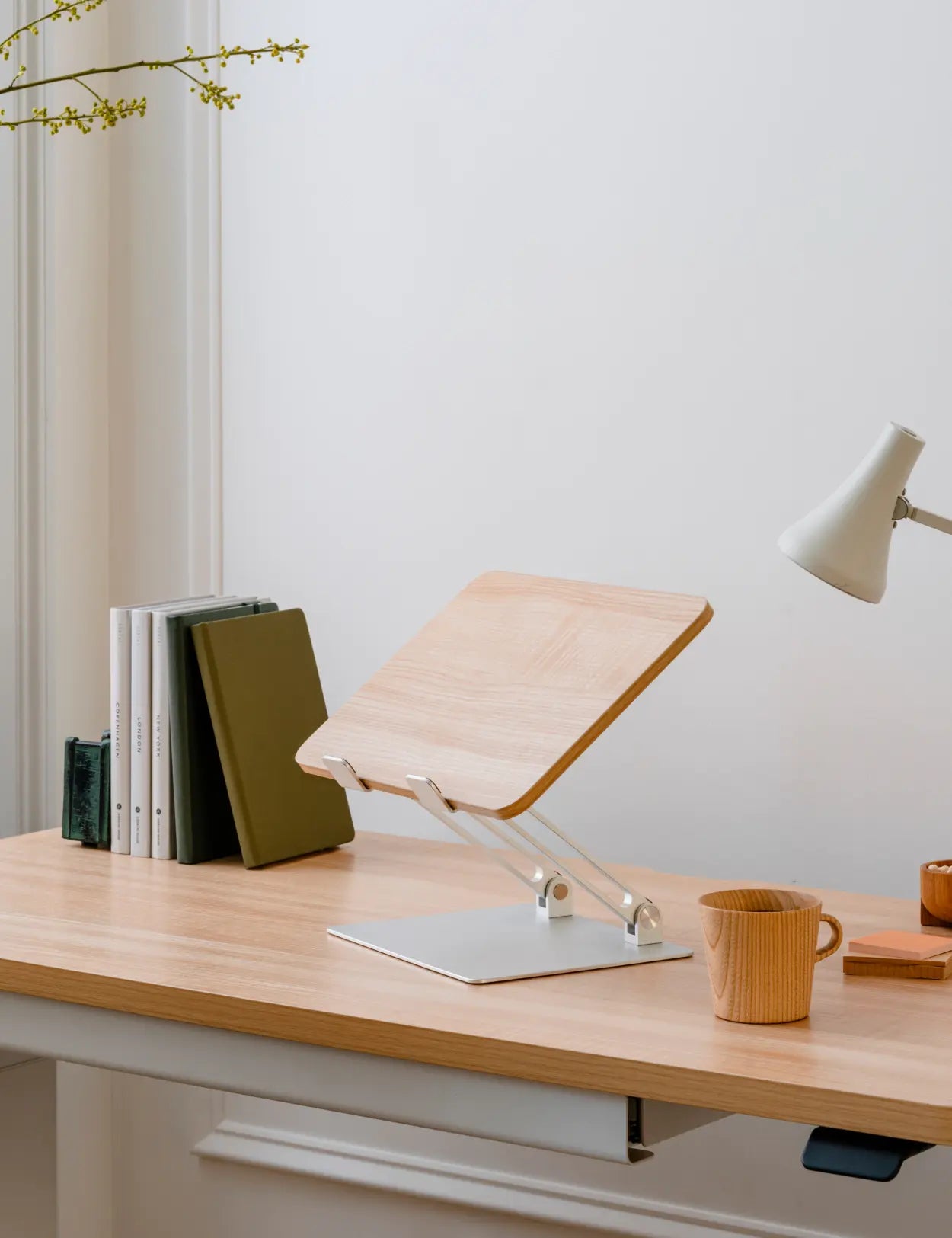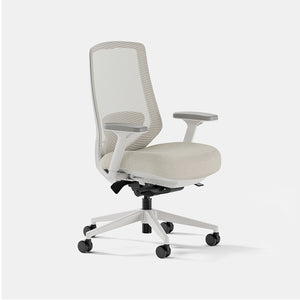Activity-based working environments provide various workspace areas for different tasks and activities. Keep reading to learn more about it.
About Activity-Based Working
The Benefits of Activity-Based Working
- Operational benefits: Switching to ABW delivered significant operational benefits for office workers who used the activity-based environments provided.
- Familiarity: Like most things in life, when employees become more familiar with the areas in an ABW workplace, they can work more effectively in those spaces.
- Complexity: ABW was designed for employees who engage in multiple types of work each day. Office workers with more complex daily work schedules tend to benefit more from the various settings within an activity-based workspace.
- Poor adoption: As Veldhoen's book stated in 1994, poor adoption is the biggest issue when implementing the change to an activity-based working model, and it can limit widespread benefits.
- Better employee engagement, health, and motivation
- Employee empowerment and self-determination
- Improved learning and knowledge transfer
- More efficient decision-making
- A flexible physical office that can readily adapt to change
How ABW Fits Into the Future of Work
Examples of Activity-Based Workstations
Conference Rooms and Learning Zones
Focus Rooms and Individual Work Zones
Open Space Lounges and Coffee Shops
Your Office Furniture Matters
Ready for a New Office?
On new furniture, exclusive sales and more.




